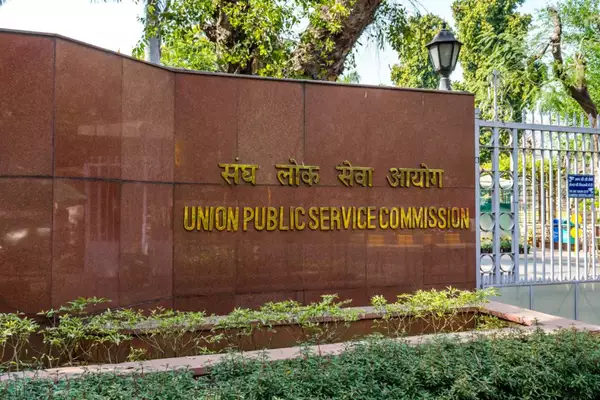The Union Government has requested the Union Public Service Commission (UPSC) to withdraw advertisements for lateral entry recruitments, to ensure a transparent and fair process in alignment with reservation provisions.
What is Lateral Entry?
- Lateral entry involves recruiting individuals from outside traditional government service cadres to mid and senior-level positions.
- It was formally introduced in 2018 under the current government to address complex governance challenges.
- It is often referred to as “revolving door” models, where individuals transition between government and corporate roles.
- Global Examples: Countries like Japan, United States, the United Kingdom, Australia, New Zealand and Belgium have successfully integrated lateral entry into their bureaucratic systems.
- Chief Economic Advisor: Typically, a prominent economist appointed based on expertise rather than through the traditional civil service exams.
Historical Context:
- Lateral entry was recommended by the Second Administrative Reforms Commission (ARC) in 2005.
- The ARC, chaired by Veerappa Moily, suggested recruiting professionals from various sectors to enhance governance.
- The concept was recommended by NITI Aayog in its three-year Action Agenda and the Sectoral Group of Secretaries (SGoS) in 2017.
Arguments in Favor:
- Domain Expertise: Brings specialized knowledge to tackle complex governance issues.
- Manpower Augmentation: Addresses shortage of IAS officers; current strength is 442 against a requirement of 1,469.
- Wider Talent Pool: Similar practices have been successful in other sectors, like the Reserve Bank of India (RBI).
- Complementary Role: Enhances existing bureaucracy by filling roles that require technical expertise.
- No Impact on UPSC Seats: Lateral entry does not affect the number of direct recruitment seats through UPSC.
- Incorporating ‘Outsiders’: Lateral entry can modernize and strengthen the bureaucracy by introducing new perspectives and expertise.
- Diversity and Innovation: Fresh ideas from lateral entrants can foster innovation and improve problem-solving within the government.
Arguments Against:
- Accountability: Short tenure makes it challenging to ensure accountability.
- Lack of Field Experience: External recruits may lack practical experience in government operations.
- Deterrence to Existing Talent: May demotivate current civil servants.
- Reservation Clarity: Uncertainty about adherence to reservation policies.
- Conflicts of Interest: This system can lead to conflicts of interest and influence, particularly in industries like pharmaceuticals and energy. Frequent movement between public and private sectors may affect regulatory and decision-making processes.
Alternatives to Lateral Entry
- Strengthening Existing Systems: Emphasize implementing recommendations from various reform commissions.
- Political Will and Competence: Effective reform requires both political commitment and bureaucratic capability.
- Continuous Evaluation: Regular assessment and adaptation of the civil service system are essential for improvement.
Other Required Reforms:
- Deputation to Private Sector: To introduce domain expertise and competition.
- Institutionalized Goal Setting: Establish clear objectives and tracking for departments.
- Performance Appraisal: Implement new “360-degree” appraisal mechanisms.
- Public Administration Universities: Establish institutions to train aspiring and serving civil servants.
Ref: Source
| UPSC IAS Preparation Resources | |
| Current Affairs Analysis | Topperspedia |
| GS Shots | Simply Explained |
| Daily Flash Cards | Daily Quiz |
Frequently Asked Question:
What is the concept of Lateral Entry in UPSC?
Lateral entry involves recruiting individuals from outside traditional government service cadres to mid and senior-level positions to address governance challenges.
When was Lateral Entry formally introduced?
Lateral entry was formally introduced in 2018 under the current government to enhance governance and bring in professionals from various sectors.
Why did the Union Government request to withdraw lateral entry advertisements?
The Union Government requested the withdrawal of lateral entry advertisements to ensure a transparent and fair process in alignment with reservation provisions.
What is the historical context of Lateral Entry?
Lateral entry was recommended by the Second Administrative Reforms Commission in 2005 to recruit professionals from various sectors to enhance governance.
Can you provide examples of countries that have successfully implemented Lateral Entry?
Countries like Japan, United States, United Kingdom, Australia, New Zealand, Belgium, etc have successfully integrated lateral entry into their bureaucratic systems to bring in fresh perspectives and expertise.



